Madrid, a look at the collections of the Royal Collections Gallery
It is the latest addition among Spanish museums: the Galería de las Colleciones Reales, the Gallery of Royal Collections, opened its doors on June 29, in a large building carved out of the rock beneath the Royal Palace in the heart of Madrid’s historic center, according to the design of architects Luis Moreno Mansilla and Emilio Tuñón. The museum, an ambitious project that houses a large part of the Spanish crown’s heritage collections, drew more than a hundred thousand visitors in its first two months of opening, July and August, with an average of about two thousand visitors a day flocking to the museum, which has been awaited for years, to immerse themselves in the five centuries of royal collecting represented here. Visitors immediately praised the variety of pieces on display, ranging from paintings and armor to tapestries, furniture and decorative arts, as well as the chronological distribution of the works, which are arranged not according to the date of execution, but according to collecting criteria: in fact, the exhibition follows the figures of the monarchs who acquired the pieces for the Royal Collections. Also appreciated is the support of audiovisual elements that provide an understanding of the most relevant events of the different reigns.
Having devoted an extensive article to the building, let us now take a closer look at the collections housed in the Gallery. At present, the museum exhibits more than 650 pieces, about a hundred of which are narrated with detailed fact sheets on the museum’s website. The public finds paintings, sculptures, armor, tapestries, decorative art objects, and carriages at the museum. The itinerary begins with the Catholic Monarchs, at the end of the 15th century, and traces the reigns of the House of Austria, from Charles V to Charles II, at the end of the 17th century. A period of more than two centuries in which both the monarchs’ collecting work and the remarkable cultural enterprises they promoted, such as the construction of the Escorial Monastery, stand out. And there are many works by Italian artists represented in the gallery: they are to be found everywhere, throughout the time span covered by the collection. In addition, the gallery also hosts in-depth studies on the origin of the Hispanic monarchy, and on the birth of the city of Madrid (in fact, the remains of the 9th-century walls are incorporated into the building).

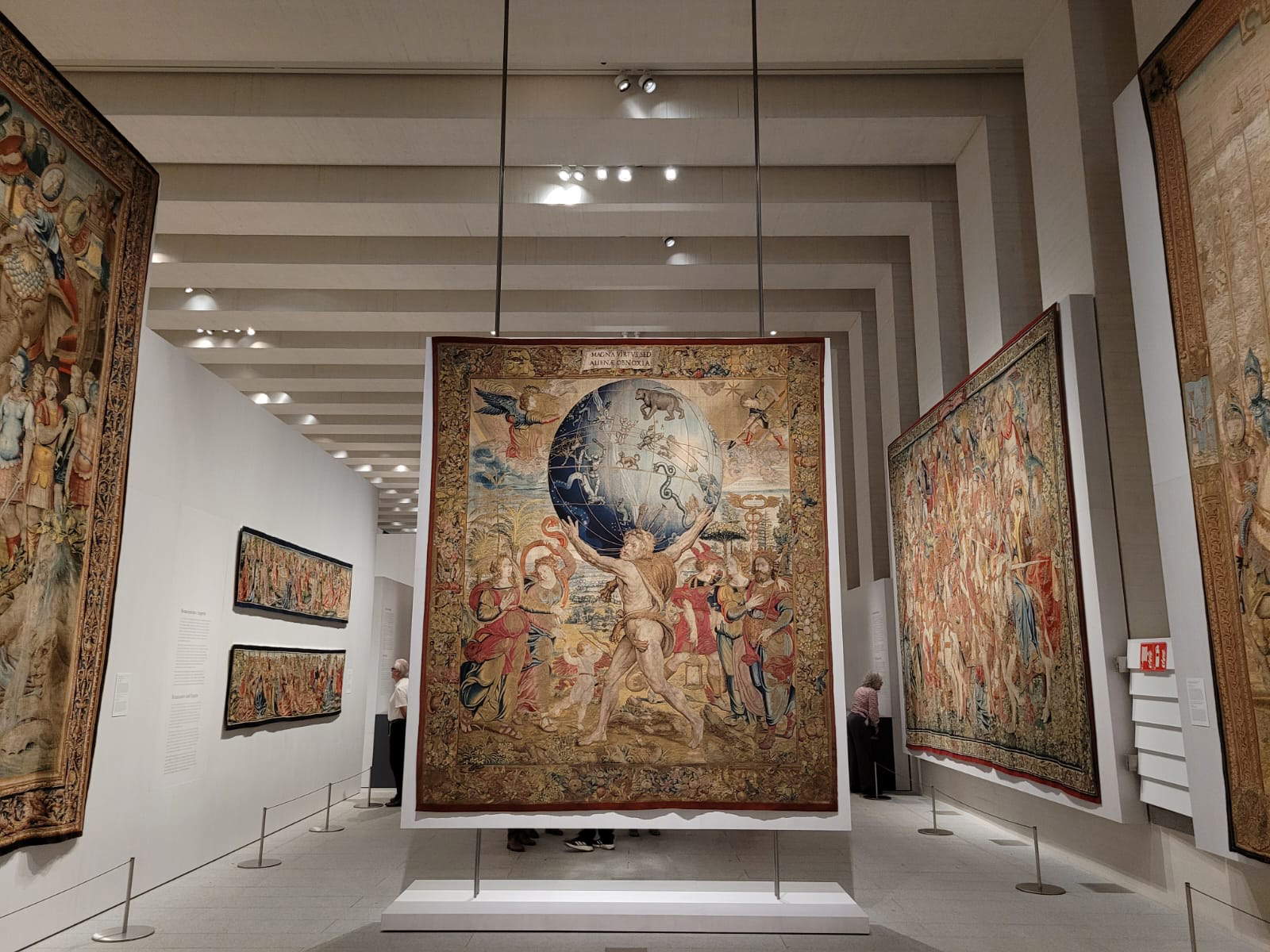

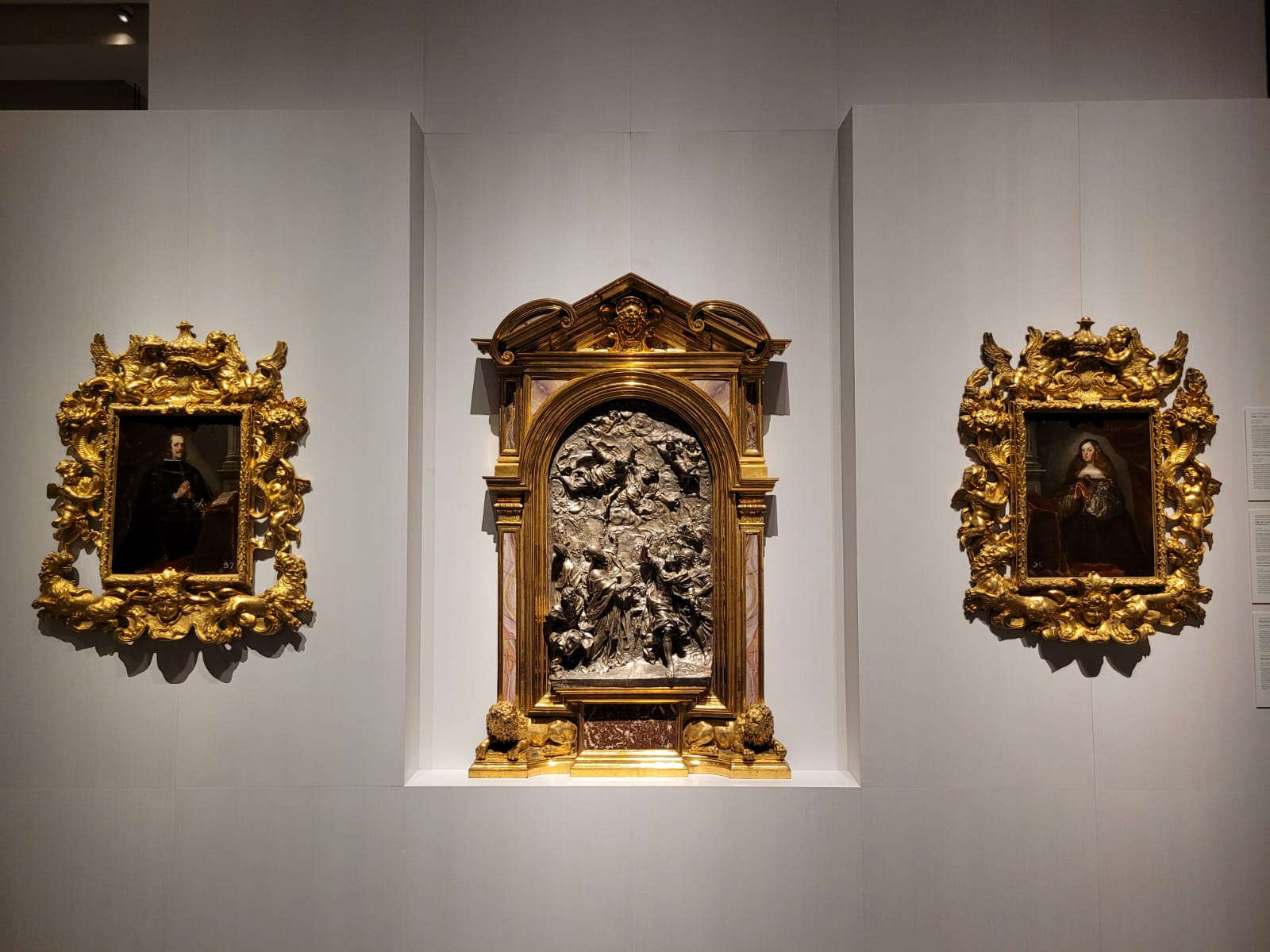
The tour begins on floor -1, dedicated to the period from the Catholic Monarchs, thus from the end of the 15th century, through the reigns of the House of Austria, from Charles V to Charles II, to the end of the 17th century. In the tour, through the successive reigns, the personal interests and tastes of the monarchs and their families are shown, both in the formation of the royal collections and in the construction and decoration of the new palace buildings, particularly the New Royal Palace and the Palace of the Granja. The conclusion of the tour explains how these assets, which belonged to the Crown and are currently owned by the State, are currently managed by the National Heritage, the entity in charge of their preservation and dissemination.
The centerpiece of the -1 floor is Titian’s Christ Crucified , similar to the Crucifixion painted by the Cadore painter in 1558 for the church of San Domenico in Ancona, although here Titian tries to give more epic accents to the scene, but gives less dramatic effectiveness to the landscape piece. The work is not mentioned in the epistolary correspondence between Philip II, his Spanish ambassadors and the artist, so the details of the commission and its sending to the king are unknown. Its first documentary mention comes with the delivery of the objects to the Royal Monastery of San Lorenzo de El Escorial in 1574, where it is cited as a work made “by the hand of Titian.” Slightly earlier is Leone Leoni ’s medal celebrating Charles V’s victory at Mühlberg: the effigy of the emperor that adorns the obverse of this medal constitutes an interesting portrait of the sovereign, which will be widespread in all the territories known at the time, whether ruled by the emperor or not. Crowned by a laurel tree and wearing the Golden Fleece, the image of the most powerful man on earth at the time is charged with symbolism as it relates directly to classical representations of Roman emperors. The reverse, on the other hand, depicts a mythological scene in which Jupiter, with whom the emperor would identify himself, accompanied by other gods and seated on an eagle, shoots down the Titans with his lightning bolt, preventing them from scaling Olympus, in clear allusion to the Protestant princes who had rebelled against him. Also 16th-century is Lavinia Fontana’s Holy Family with St. John by Lavinia Fontana, a work from 1589 that only four years later, although the date of its arrival in Spain is unknown, is mentioned in the collections of Philip II at the Escorial. The chronicler José de Sigüenza, in 1602, enthusiastically praised the work and placed it in the vicariate chapter of the Escorial monastery, and there it remained for a long time.
Moving on to the 17th century, the public will see Caravaggio’s Salome with the Head of the Baptist , a work from 1607. The work was made during the period when Caravaggio had to go into exile after his precipitous flight from Rome in 1606. The solid modeling and emotional charge in the use of color allow it to be technically framed during his first stop in Naples, between October 1606 and June 1607. It is one of the most important paintings in the collection of Philip IV: Coming from the collection of García de Avellaneda y Haro, second Count of Castrillo, who was viceroy of Naples between 1653 and 1659, it is mentioned in the 1657 inventory of his collection (it is known, however, that the count, like other high dignitaries of Philip IV, received sums of money for “secret expenditures,” which were used in part to purchase works of art for Philip IV). The work is first mentioned in Madrid’s Alcázar in 1666 and remained there until the building burned down in 1734, subsequently passing through various royal palaces. Dating from 1634-1638 is Diego Velázquez’s White Horse , which in 1660, the date of the artist’s death, was present in his studio (where it was probably waiting to be completed with the figure of a horseman, or serving as a model for equestrian portraits). It is possible it is the “bayo” horse mentioned in the inventories of the Alcázar in Madrid in 1686 and 1700, although there is no certain news of the painting until its acquisition in 1848 by Isabella II. Prominent then, on the same floor, are the Black Chariot (1670-1680), one of the most spectacular carriages that exist in the world (it belonged to Queen Marianne of Austria, to whom it was perhaps given as a gift by some relative who was in France, Austria or Flanders, the probable places where thework) and the statue with the archangel Michael by Luisa Roldán known as la Roldana, a splendid example of the Sevillian sculptor’s art, made in 1692.
Also worth mentioning is a masterpiece of Baroque sculpture such as The Meeting of Attila and Pope Leo the Great at the Gates of Rome by Ercole Ferrata, intended for the altar of the king’s private oratory in the Alcázar in Madrid. From the old inventories of the Spanish royal collection we know that there was originally an inscription on the chalcedony base, “Pax Christiana suviecit,” which has been lost over the years, but which has allowed the work to be interpreted as a diplomatic gift intended to promote peace between Spain and France, which would become effective with the Peace of the Pyrenees in 1659. A splendid object of applied art, on the other hand, is the 1619 tabernacle by Domenico Montini, made by the Sienese artist for the Church of the Annunciata in Naples, but eventually sent to Spain by Pedro Téllez-Girón y Velasco, duke of Osuna and viceroy of Naples, who added the royal coat of arms to the tabernacle and donated it to King Philip III. The quality of this tabernacle earned it the admiration of Philip IV’s court, and it was already listed in the inventory of the Office of the Keeper of the Jewels in 1622. It also occupied a prominent place in the Chapel of the Alcázar in Madrid, where it was saved from the flames of the fire that destroyed the building on Christmas Eve 1734. Also worth mentioning is the very special Trapani censer (1645-1647) in copper, bronze, and coral, probably acquired during the reign of Philip IV.
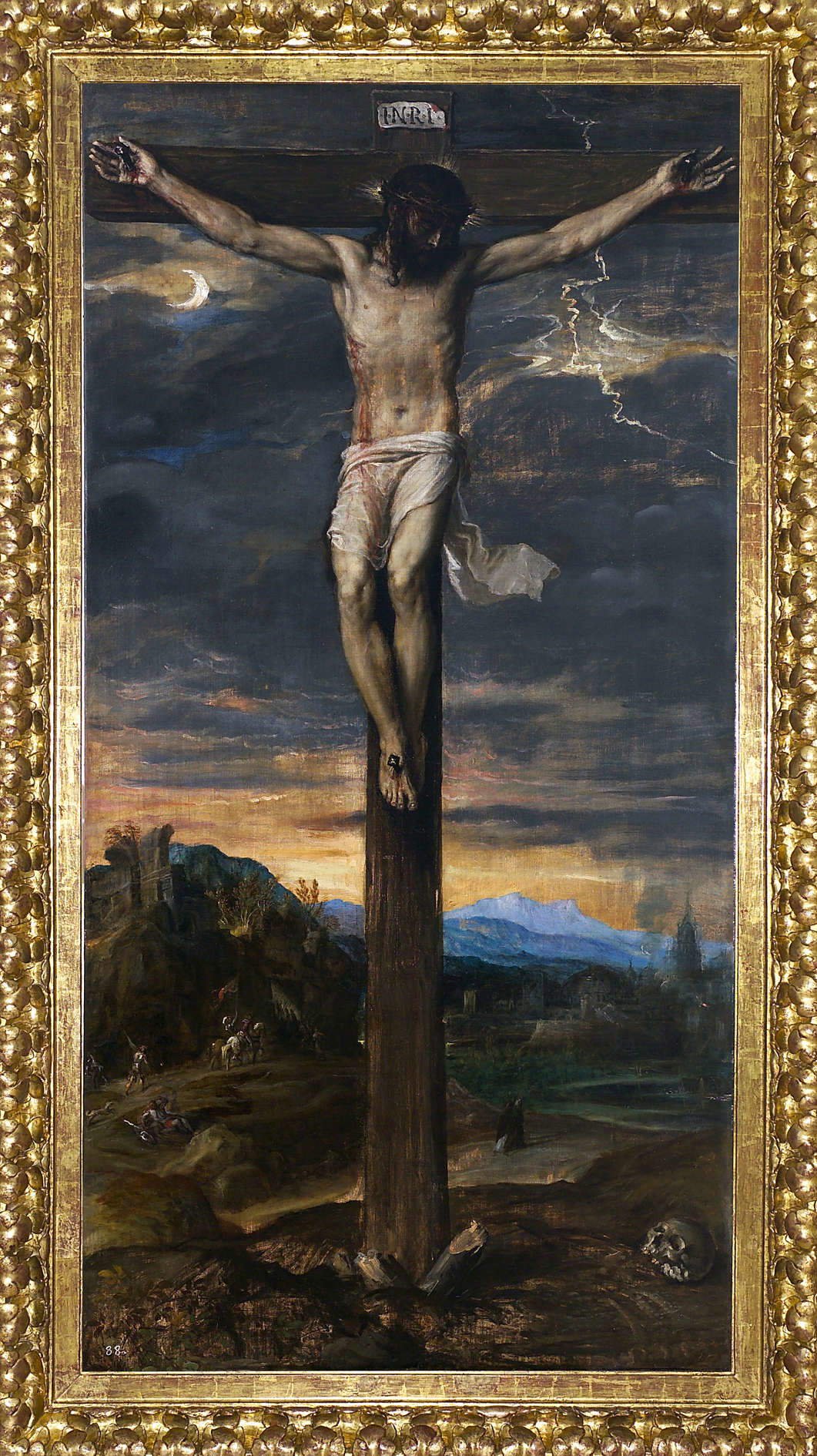

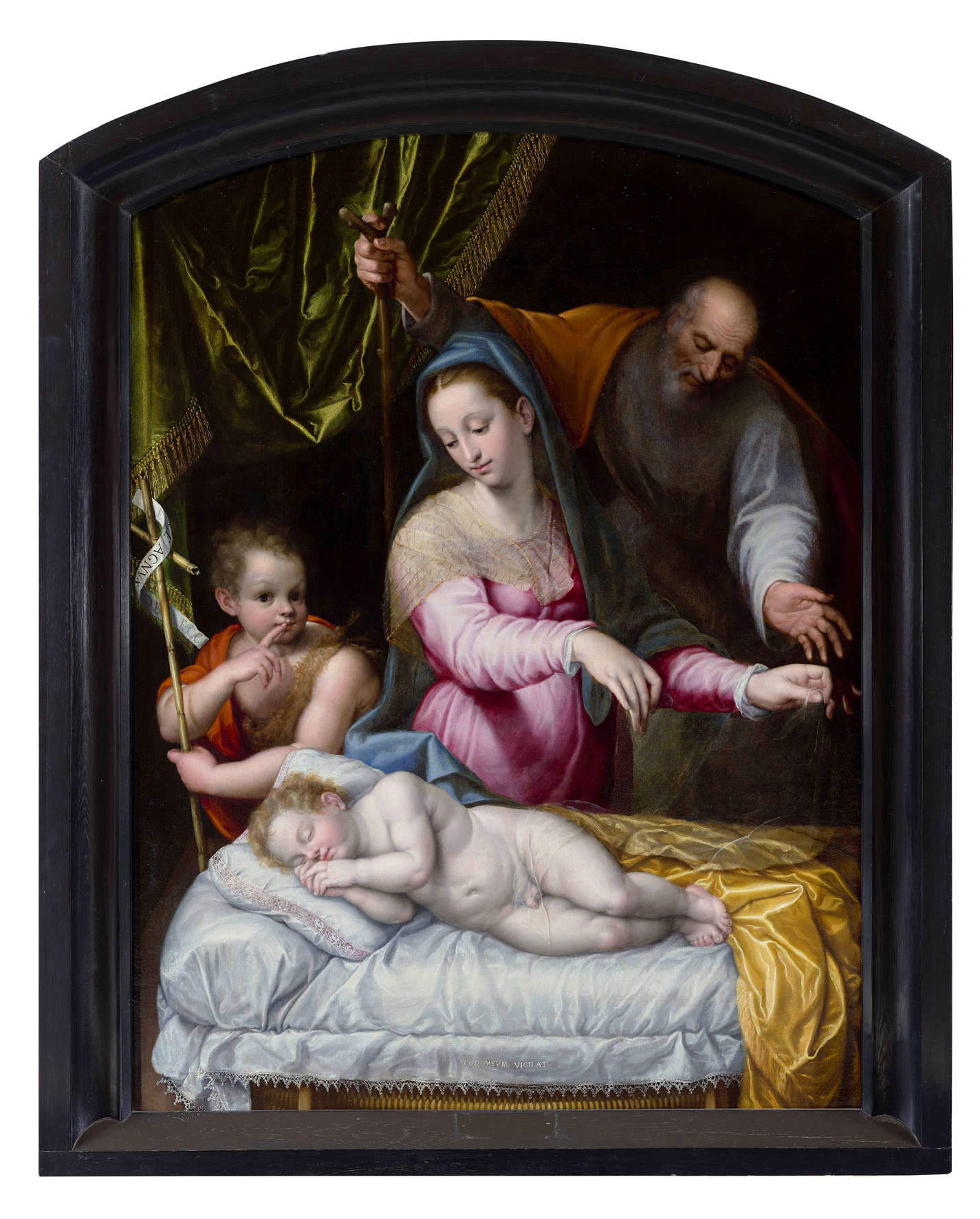







Floor -2 is devoted to the Bourbons and covers a span of more than three centuries, from the early 18th century to the present day. In the tour, through successive reigns, the interests and personal tastes of the monarchs and their families are shown, both in the formation of the royal collections and in the construction and decoration of the new palace buildings, particularly the New Royal Palace and the Palace of the Granja. The conclusion of the tour explains how these possessions, which belonged to the Crown and are currently owned by the state, are managed by the National Heritage, the body in charge of their preservation and dissemination.
It begins with some important works by Anton Raphael Mengs dedicated to the Passion of Christ that served as the overlay in the bedroom of Charles III in the Royal Palace of Madrid, and continues with an interesting work by Lorenzo Tiepolo, Pasiega and Soldiers (the pasiegos are a community living in the mountains of Cantabria, in northern Spain), done in pastel, and reflecting the fashion for paintings that had as their subject matter commoners, which was particularly popular in the second half of the 18th century. The work belongs to a series of twelve pastels depicting as many popular types, the meaning of which is still confused today, however, as the social connotation of the gestures in the collective imagination of the time is ignored. Then there are many works by Francisco Goya: peculiar and unusual are the cartoons made for the Real Fábrica de Tapices de Santa Bárbara in Madrid, with which the painter had a roughly 20-year relationship. The public can admire, for example, the Boar Hunt belonging to the series of tapestry cartoons intended for the dining room of the Princes of Asturias in the Palace of San Lorenzo in the Escorial. Boar hunting was a theme that was anything but trivial: in fact, it was not just entertainment, but represented an important formative moment (especially for strategic-military reasons).
Then there is a beautiful pair of paintings by Jean-Antoine Watteau, The Singing Lesson and The Shy Lover, works of gallant subject entered the royal collections with a purchase by Charles III in 1764 (his interest in the French painter is documented). Also of special interest are the mosaics by Pietro Paolo Cristofari (Ecce Homo and the Virgin Mary), given by Pope Clement XII to Queen María Amalia of Saxony on June 15, 1738, as he passed through the Papal States on his way from Dresden to Naples. In making them, Cristofari used models by Guido Reni: the Bolognese painter fixed in his models that typical gaze lifted to the sky, which we see in two figures and also in other figures from sacred and secular history, and which has found (even nowadays) a wide echo in devotional images.
Turning instead to works of applied art, singular is a sedan chair painted by one of the greatest artists of the eighteenth century, Corrado Giaquinto, who arrived in 1753 at the court of Ferdinand VI and remained in Spain until 1762: this is the sedan chair of Queen Barbara of Braganza, a witness to the evolution of the sedan chair at the end of the twelfth century. The work is carved with rocky motifs with great movement, a typically Rococo decoration, while the painting decorating the different panels is a hymn to peace and harmony, with putti gathering fruits, hunting or playing Dionysian games. On the back, a scene of glorification exalts the ruler: two winged genii in flight carry a laurel wreath, while others flutter in a circle of palms and flowers. The dresser by Mattia Gasparini (1764-1769), made for Charles II’s private rooms in the New Royal Palace in Madrid, is impressive. The furniture designed by Gasperini for the king, with sinuous lines and large volumes, is made from the finest woods, namely those brought directly from America and known as “de Yndias.” In this dresser, the Spanish walnut frame includes several drawers hidden behind the upper frieze, which is unlocked by activating a tab located inside the upper drawer space. The whole is covered with a very rich inlay of fine woods, in which various decorative elements are set against a lozenge background, where the oriental influence so fashionable in the second half of the eighteenth century can be felt. Peonies, the protagonists of the dresser, were associated with the idea of nobility, and lotus flowers, a symbol of purity in the Buddhist world, as well as magpies and carps, linked to happiness and strength, respectively, are depicted next to them. Completing this chest of drawers are the marble top and gilded bronze trim, the latter made by bronzesmith Antonio Vendetti. Filippo Juvarra , on the other hand, is responsible for the 1735-1736 mirror from the Palacio de San Ildefonso, carved by the Genoese Bartolomeo Steccone, a magnificent example of a mirror decorated with figurative and plant elements, which refer directly to Italian Baroque furniture and are related to the consoles that Juvarra himself designed for the palace itself. The itinerary concludes in 1852 with the Crown of the Virgin of Atocha, given by Queen Isabella II to Our Lady in gratitude for being unharmed by the attack perpetrated by the religious Martín Merino in the Gallery of the Royal Palace of Madrid. (Having survived, the queen offered as an ex voto to the Virgin of the Royal Chapel of Atocha the jewelry she was wearing that day, February 2, 1852: the crown, in particular, is one of the finest works by silversmith Narciso Práxedes Soria).

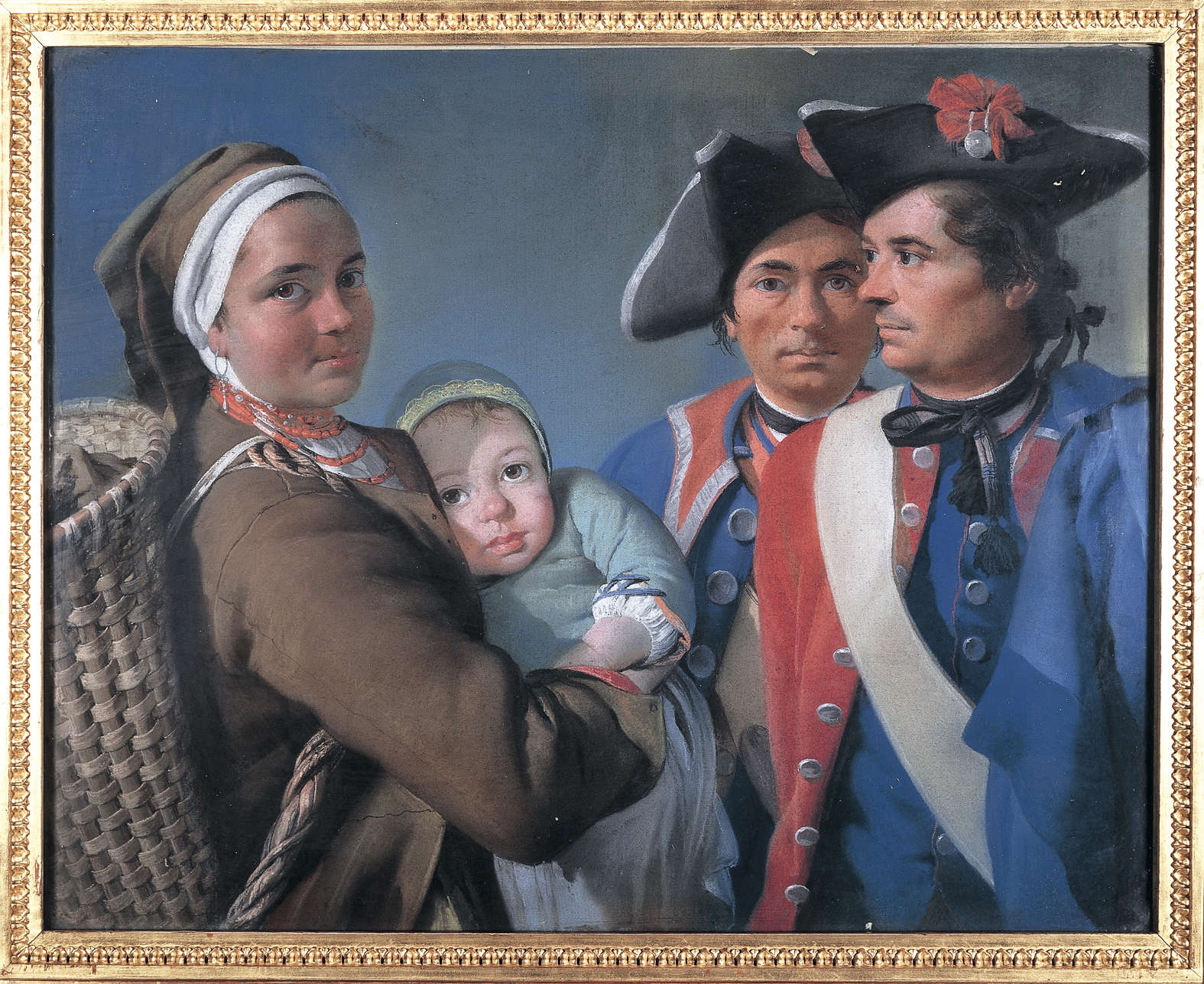








Finally, thetop floor, -3, is conceived as a dynamic space with two main points of interest: the temporary exhibition hall and “El Cubo,” a 360º audiovisual space where visitors can learn about the Royal Sites of El Escorial, Aranjuez, La Granja and El Pardo. In the coming months, the Royal Collections Gallery will have scheduled lecture cycles: after the first one, which was held in September with free meetings, the “Tuesdays in the Gallery” will restart in October, which will focus right around the museum. The first cycle, in September, was dedicated to the project: discussing the construction of the building, exhibition and museographic choices. In the three cycles in October, November and December (every Tuesday at 7 p.m., in the Gallery’sAuditorium ), they will talk respectively about the museum’s identity and the archaeological remains of the Arab walls; the temporary exhibition En movimento and the collection of carriages; and the making of the documentary, produced by Arena Comunicación, that traces the process of the Gallery’s creation.
This lecture program is designed each year by Patrimonio Nacional to disseminate the conservation and research projects carried out by all its departments, but also to publicize its collections, properties, and green spaces that the institution manages in six autonomous communities: Madrid, Castilla y León, Castilla-La Mancha, Balearic Islands, Andalusia, and Extremadura.
Warning: the translation into English of the original Italian article was created using automatic tools. We undertake to review all articles, but we do not guarantee the total absence of inaccuracies in the translation due to the program. You can find the original by clicking on the ITA button. If you find any mistake,please contact us.



























